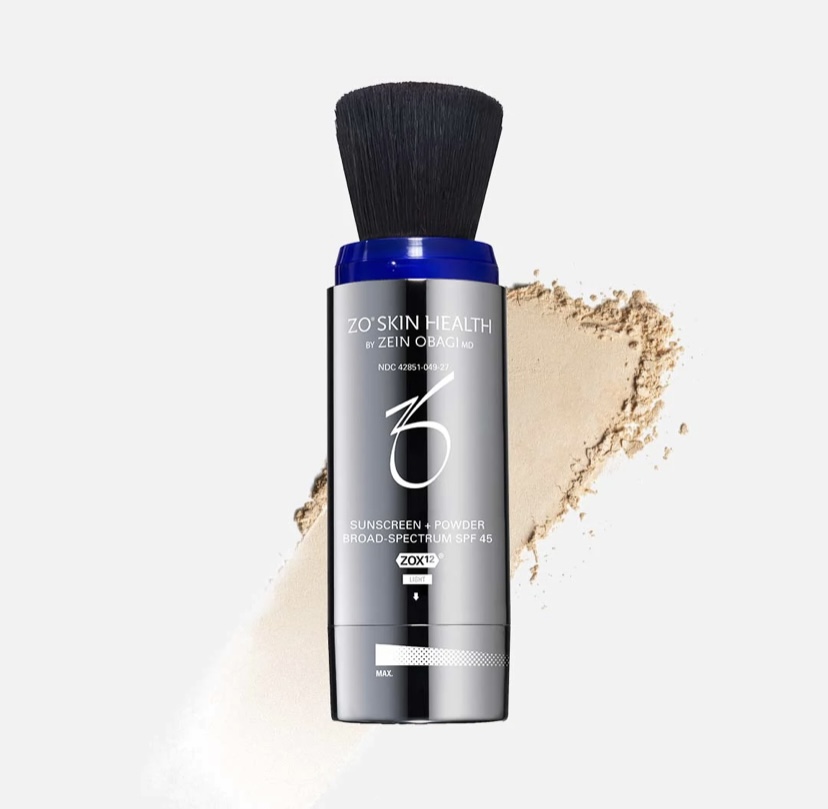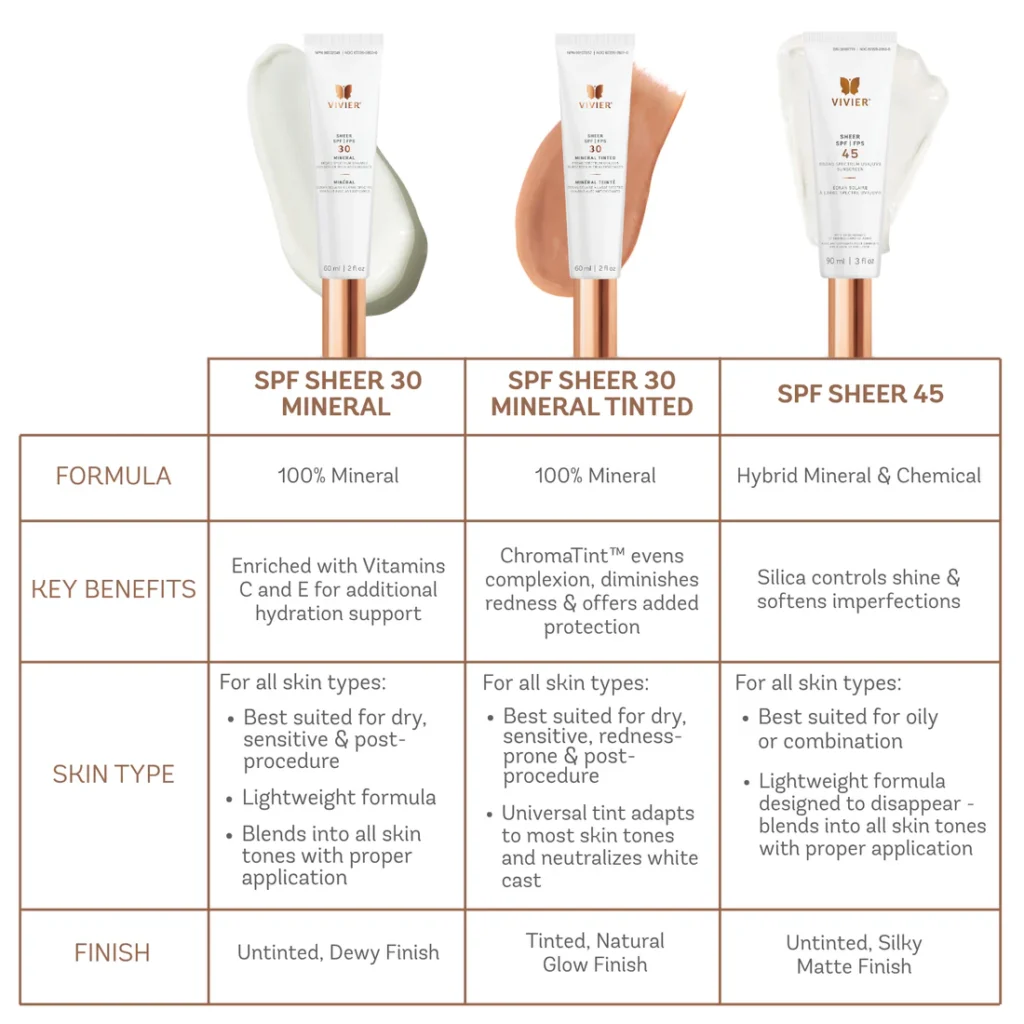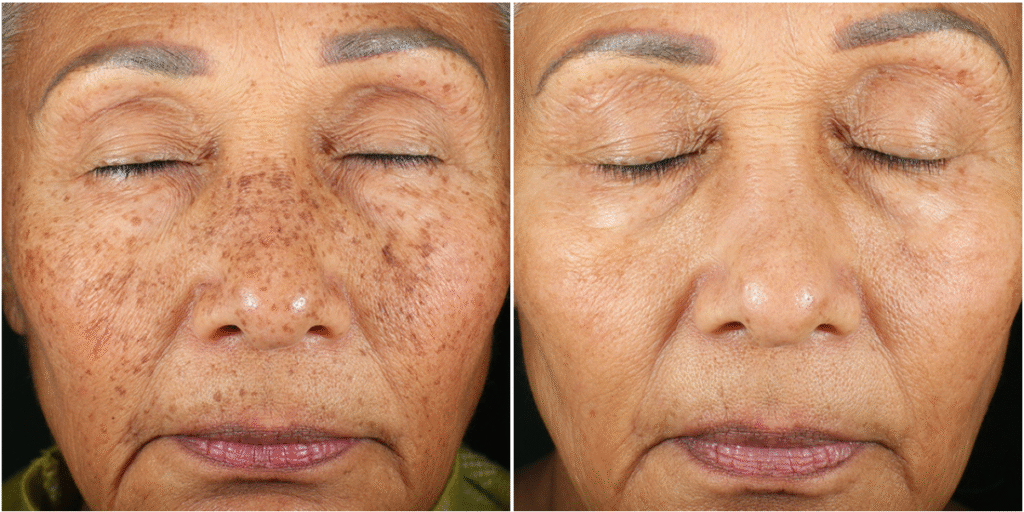Sunscreen is one of our favourite ways to start the day. Not only does it protect your skin from the sun’s harmful rays, it’s also a simple act of self-care. Taking that extra step each morning helps prevent sunburns, premature aging, and even skin cancer.
So, what exactly is sunscreen protecting you from?
The sun gives off ultraviolet light in two main forms: UVA and UVB rays. Both play a role in sunburns, skin damage, and skin cancer. The number you see on a sunscreen bottle is its SPF (Sun Protection Factor), which tells you how well it blocks these rays. For everyday use, we always recommend at least SPF 30, reapplied every two hours. If reapplying sounds inconvenient, products like powder-based broad-spectrum sunscreen make it quick and easy to reapply on the fly.


But are all sunscreens created equal?
Not quite. There are two main types: Physical (mineral) and Chemical.
- Physical sunscreens sit on top of the skin and act like a shield, deflecting UV rays. They work immediately after application.
- Chemical sunscreens absorb into the skin, where they transform UV rays into heat. These usually need about 20 minutes to become effective.
- Physical and Chemical properties are often mixed together to protect your skin from both sides.
As we move into fall and winter, don’t pack your sunscreen away.
Even on cloudy or snowy days, UV rays are still present and still damaging. The temperature outside has nothing to do with UV levels. Whether it’s a sunny August afternoon or a brisk January morning, protecting your skin with sunscreen is one of the best investments you can make for long-term skin health.
How Does Sunscreen Go Hand in Hand with Medical Aesthetics?
Many clients are looking for ways to reverse years of sun damage. Treatments like IPL (Intense Pulsed Light), Ultra and PicoSure Pro Laser are some of the most effective options for targeting unwanted pigmentation, sun spots, and uneven skin tone. These technologies work by seeking out pigment in the skin, breaking it down, and gradually restoring a clearer, more even complexion.

But the benefits of laser treatments go beyond just fading sun spots. Laser facials also stimulate collagen production, helping to restore firmness and elasticity for a smoother, more youthful look. On a deeper level, these treatments can help remove or repair sun-damaged skin cells that are at a higher risk of developing into cancerous lesions, making them a proactive choice for long-term skin health.
Of course, pairing medical treatments with consistent sunscreen use is key. While lasers can correct past damage, sunscreen is what protects the results and prevents new damage from forming. Think of sunscreen as the daily investment that preserves the time, effort, and money you put into your treatments.

About the author
Alyssa Ollivier is the Clinic Manager at Refined Image Ottawa. Inspired by her own love of skincare and a curiosity for the science behind it, she found her place in the medical aesthetics world. While she doesn’t treat patients directly, she manages a team of talented nurses who help clients feel confident in their skin every day.
Join RIO to learn more at their open house on October 22nd at 5pm.





